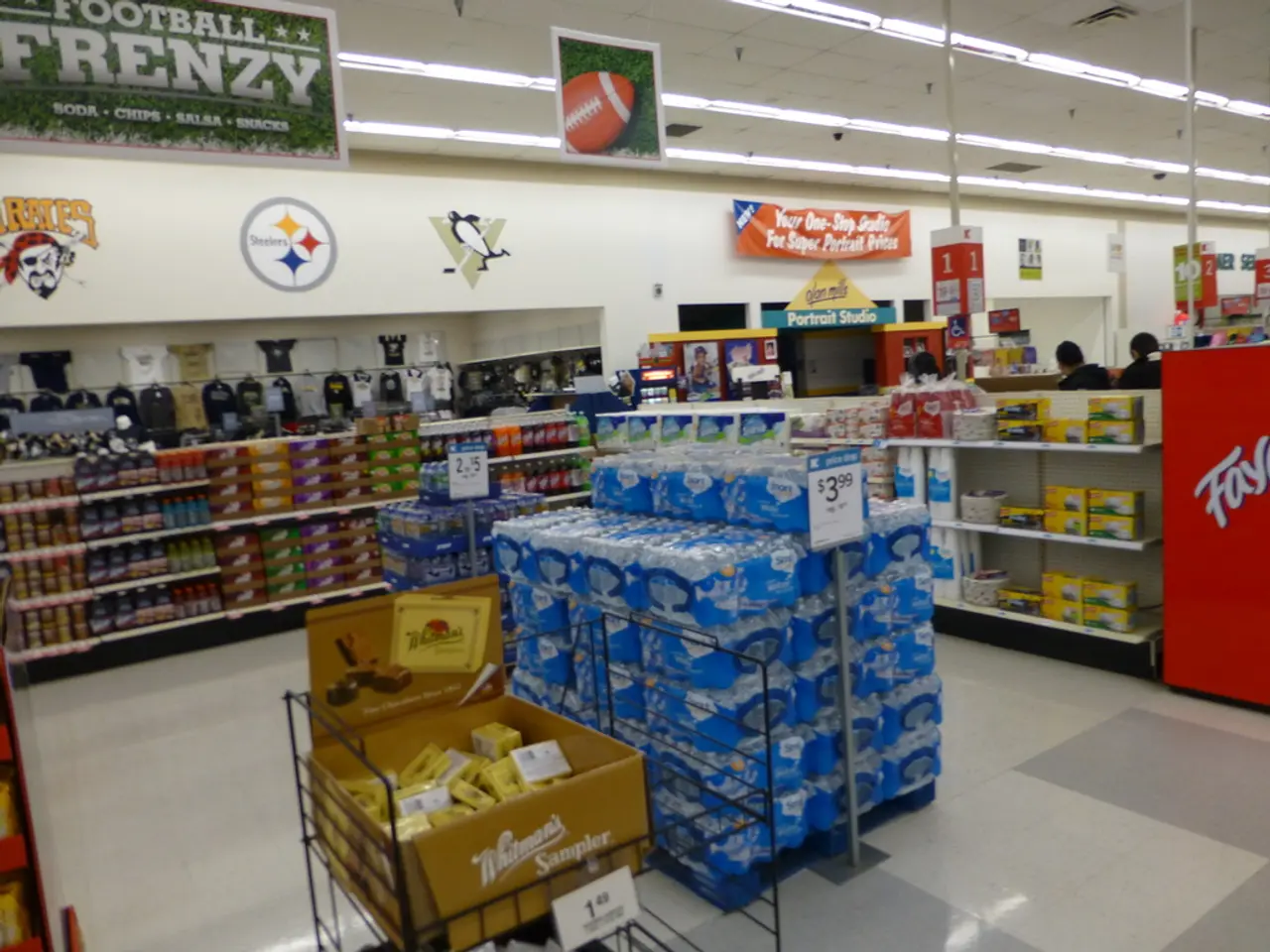Strategies for Maintaining Warmth During Winter Blackouts
As the cold winter season approaches, it's essential to be prepared for potential power outages. Here are some practical tips and strategies to help you stay warm and safe during these challenging times.
**Preparing Your Home**
Before the outage, insulate your attic and walls to keep warmth inside your home. Use weatherstrips, caulking, or window film to block drafts around windows and doors. Attach draft guards to the bottom of doors to prevent heat loss, and close doors to unoccupied rooms to concentrate warmth where you are. Keep drapes and blinds closed except when windows get direct sunlight. Set your thermostat to the lowest comfortable temperature (around 68°F or lower) before the outage, and lower it further (to about 60°F) when you are away from home.
**Maintaining Warmth and Safety During the Outage**
Wear multiple layers of warm clothing, including hats and gloves, even indoors. Stay indoors as much as possible and limit outdoor exposure. Use extra blankets and sleeping bags to retain body heat. If you have a fireplace or wood stove, ensure it is clean and properly ventilated to avoid carbon monoxide poisoning. Avoid running vehicles inside garages to generate heat, as exhaust fumes can enter the home. Keep faucets dripping slowly to prevent pipes from freezing and bursting; collect dripping water for emergency use if needed.
In case of an extended power outage, it's crucial to have a communication plan with family members or neighbours. A portable power station or solar generator can provide electricity for heating, lighting, and communication devices during power outages. Keep flashlights, battery-powered lanterns, and warmers at hand to avoid candles, which pose fire risks.
**Additional Safety and Comfort Tips**
Stay away from downed power lines and report them immediately. Keep one light or device on as a signal to know when power returns, but avoid turning on multiple appliances at once to prevent circuit overload. Have an emergency kit ready with ample water, non-perishable food, batteries, and warm clothing. Consider having a battery-powered fan or other low-energy devices prepared for comfort if needed.
**After the Power Is Restored**
After power is restored, verify that appliances and electronics were turned off before the outage to prevent damage from power surges. Gradually reconnect appliances and electronics to avoid overloading circuits. Assess perishable food items in the refrigerator and freezer for signs of spoilage due to extended power loss. Dispose of any spoiled food to prevent health risks. Unplug sensitive electronic devices and appliances to protect them from potential power surges when electricity is restored. Reset clocks, timers, and electronic devices that may have lost their settings during the outage.
By proactively weatherproofing your home, dressing warmly, safely managing alternative heat sources, and having emergency supplies ready, you can stay safer and warmer during a winter power outage. Stay informed on news and weather reports using a battery-powered radio or a charged mobile device during a power outage. Inform family members, neighbours, and relevant authorities about the restoration of power and any ongoing issues or concerns.
Sources: [1] https://www.ready.gov/winter-weather [2] https://www.redcross.org/get-help/how-to-prepare-for-emergencies/types-of-emergencies/winter-storm.html [3] https://www.energy.gov/energysaver/winter-safety-and-energy-saving-tips
- To maintain a healthy and well-balanced lifestyle during the winter season, it's beneficial to incorporate fitness-and-exercise routines into your daily routine, focusing on heating exercises that can increase your body temperature and reduce the reliance on external heat sources during power outages.
- In addition to focusing on home-and-garden preparations, it's essential to prioritize lifestyle habits that promote health-and-wellness, such as eating balanced meals, drinking plenty of fluids, and maintaining a regular sleep schedule to support overall well-being during challenging winter weather and potential power outages.




